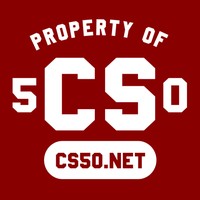Feem ntau cov ecosystems xws li app khw muag khoom yog tog twg los qhib los yog curated. Tab sis yog vim li cas muaj peev xwm tsis peb muaj ob? Zoo, peb ua tau — txhua yam koj xav tau yog peb verbs: luam tawm, nrhiav, thiab zoo li. Uas mus rau technology thiab lwm yam.
Feem ntau muaj ob qho kev xaiv thaum koj xav luam tawm ib tug app: luam tawm nws mus rau ib yam dab tsi zoo li lub iOS App khw (qhov uas cov neeg yuav nrhiav tau koj app, tab sis Kua reviewers yuav tsis kam lees koj cuav) los yog cia li muab tso rau koj lub website (qhov twg nws yog ib qho yooj yim mus luam tawm, tab sis yog tsis muaj guarantee leej twg yuav pom nws.) Not the greatest set of options.
Isn’t there a way to combine the strengths of both of these to make for the best possible experience for both publishers and consumers? I think there is. It’s called an open and curated ecosystem. Let’s take a look at:
- What open thiab curated ecosystems are
- Examples of open and curated ecosystems
- What you need to make an open and curated ecosystem
- Examples of these ecosystems beyond just technology
and see if we can discover something about the power of crowdsourcing, innovation, and the three verbs luam tawm, nrhiav, thiab zoo li.
Curated vs. open ecosystems
The iOS App Store and open internet, among others, are app ecosystems — places where apps can be published and found. And I think the big factors that differentiate one ecosystem from another are whether the ecosystem is open, where anyone can publish apps and whether it is curated, where the best apps rise to the top and users are assured quality apps. That’s the major difference between the iOS store and the internet at large, which I mentioned earlier.
Let’s look at examples of curated and open ecosystems and what differentiates them.









